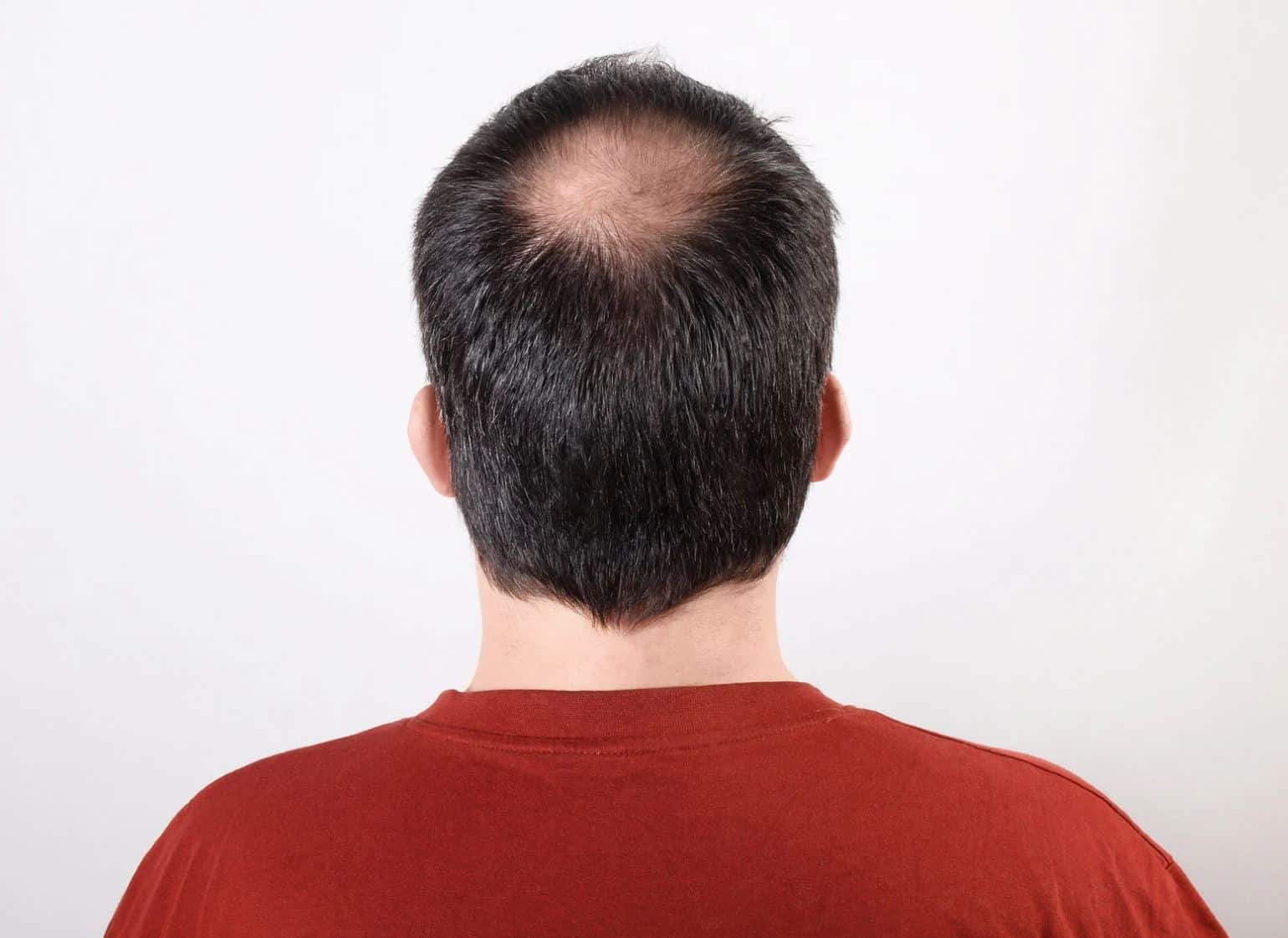Are you anxious about losing more hair every day? Does it seem like there’s no solution to your hair loss problem? The good news is that there are many ways to slow down hair loss or even restore a natural-looking hairline. Men and women experiencing alopecia in Minnesota rely on Shapiro Medical Group for the best hair restoration treatments. Learn how these treatments have transformed their lives.
Why Your Hair Is Falling Out
There are many reasons for losing hair, but the most common reason people come to Shapiro Medical Group is for treatment of pattern hair loss, also known as androgenetic alopecia. This type of hair loss follows a predictable pattern and is influenced by both genetics and hormones. For men, it usually starts with a receding hairline and thinning at the crown. Over time, these areas can become completely bald, often forming an “M” shape at the hairline. For women, the thinning typically happens all over the top of the scalp while the front hairline stays mostly intact. This can result in a wider part and less hair volume but rarely leads to complete baldness. Male and female pattern hair loss is linked to the hormone called dihydrotestosterone (DHT). When DHT binds to receptors in your hair follicles, it causes them to shrink, leading to thinner over time. But this isn’t something you can solve. There are medications and treatments to directly counteract the effects of DHT.Non-surgical Hair Restoration Treatments
Non-surgical treatments are ideal for men and women who are experiencing the early stages of hair loss or thinning. These treatments are suitable for those who prefer a less invasive option with no downtime.Finasteride
Finasteride is an FDA-approved medication made specifically for male pattern baldness. It works by blocking the conversion of testosterone to DHT, the hormone that shrinks hair follicles, resulting in premature hair loss. Up to 83% of men notice a slowdown in hair loss after using it consistently for a year. Many users, especially those who start the treatment early, see some hair regrowth. Remember that finasteride is only approved for men and you’ll need a doctor’s prescription to start with this treatment.Minoxidil
Minoxidil is a topical medication approved for both men and women. It stimulates dormant hair follicles to enter the growth phase by dilating the blood vessels around them, increasing blood flow and nutrient delivery. Many users, particularly those in the early stages of hair loss, experience some hair regrowth. However, minoxidil requires consistent use for several months to see results, and you’ll have to keep applying it to maintain benefits.PRP Treatment for Hair Loss
Platelet-rich plasma (PRP) therapy involves using a person’s own platelets to potentially stimulate hair growth. Platelets contain growth factors that aid in healing and tissue regeneration. In PRP therapy, a blood sample is taken, processed to concentrate the platelets, and then injected into the scalp. A small study found that PRP injections improved hair density in 70% of participants after three sessions. PRP therapy may offer potential benefits like boosting blood flow to the scalp, promoting hair follicle growth, and strengthening existing hair. PRP therapy typically requires multiple sessions spaced several weeks apart. Shapiro surgeons may combine hair transplantation with PRP to speed up healing and maximize benefits. Results can vary based on individual factors and the skill of the practitioner.Laser Hair Therapy
Laser hair therapy is a non-invasive treatment designed to stimulate hair growth and reduce hair loss. It works by using low-level lasers or LEDs to irradiate your scalp. This light energy penetrates your scalp and stimulates your hair follicles, increasing blood flow and encouraging hair growth. The treatment is painless and can be done in a clinic or at home with portable devices. There’s also no downtime so you can resume your normal activities immediately. You typically undergo treatments several times a week for a few months to see noticeable results, with each session lasting between 20 to 30 minutes. Often, laser hair therapy is used in combination with other treatments, such as minoxidil or finasteride to maximize effectiveness.Scalp Micropigmentation
Scalp micropigmentation (SMP) is a non-surgical cosmetic procedure that creates the appearance of hair follicles on the scalp using specialized pigments. SMP helps mimic the look of a closely shaved head or adds density to thinning hair. One of the main benefits of SMP is that it’s minimally invasive, requiring no surgery or significant downtime. You can see immediate results after each session, with the full effect becoming apparent after the final session. Unlike hair transplants or other treatments, SMP doesn’t require ongoing maintenance. It’s commonly used to create the illusion of a fuller head of hair for those with thinning hair or bald spots, enhance the results of hair transplants, and cover up fut scars.Limitations of Nonsurgical Treatments
Nonsurgical options, such as minoxidil and finasteride, only work as long as you keep using them. If you stop, the benefits will disappear, and hair loss may start again. Treatments like laser therapy, PRP and SMP can make thinning hair look better but won’t actually increase the number of hair follicles, so they can’t completely restore a full head of hair where it’s entirely lost. Nonsurgical treatments are often preferred for slowing down thinning hair in the early stages rather than reversing severe baldness. If you’re looking to permanently fix hair loss, a hair transplant procedure might be more ideal for you.Hair Transplantation
Hair transplants are an excellent solution for individuals experiencing significant hair loss or those who want a more permanent and noticeable improvement in hair density. There are two types of hair transplant techniques:Follicular Unit Extraction
FUE hair transplant involves extracting individual hair follicles from a donor area, typically the back or sides of the scalp, and transplanting them to the thinning or bald areas. Unlike the strip FUT method, FUE does not leave a linear scar, so if scarring is a major concern for you, this method might be more preferable for you. FUE Benefits:- No large incisions or stitches
- Tiny, barely noticeable scars
- Natural-looking results
- Short downtime, resume activities quickly
- Reduced pain and swelling post-procedure
Follicular Unit Transplantation
The strip FUT method involves removing a strip of scalp from the donor area and dissecting the individual follicular units for implantation in the thinning or balding areas. This technique inevitably leaves you with a linear scar. While the thought of having a linear scar after FUT sounds concerning, the resulting scar is actually very thin and can be easily hidden by surrounding hair. Your Shapiro surgeon can also perform scar revision or SMP to make the scar unnoticeable even with short hair. FUT Benefits:- High graft yield
- Natural-looking results
- Suitable for individuals with advanced balding
- Maybe more cost-effective than FUE



